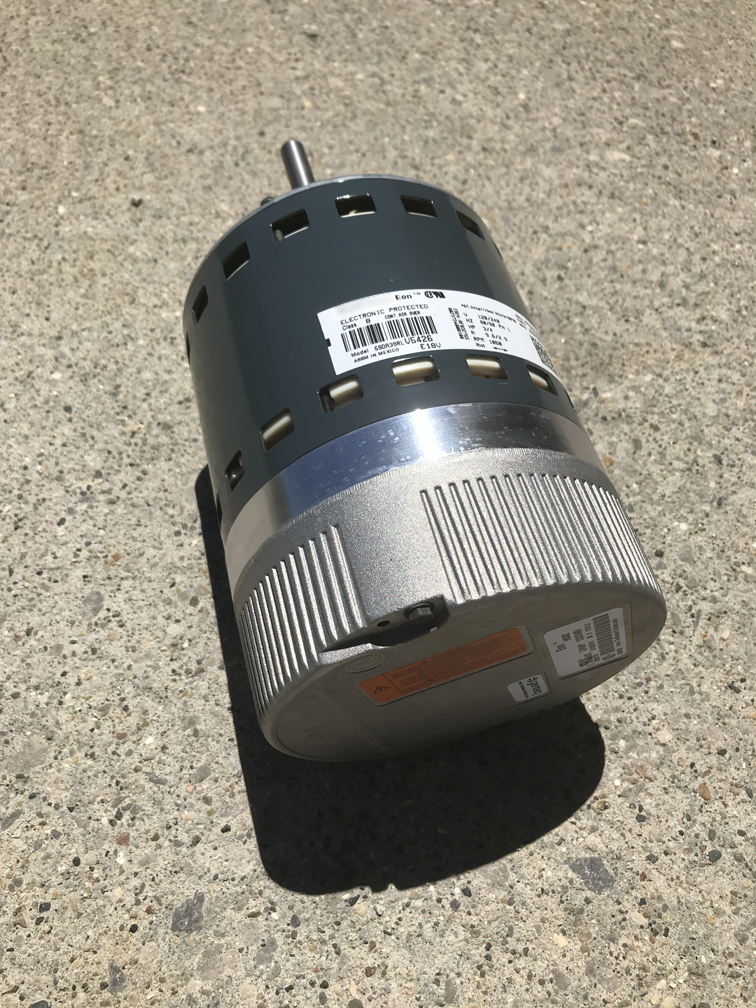The Fan Efficiency Rating (FER) is a federal standard limiting the power consumption of certain furnace fans. Designed to help curb carbon emissions and energy costs, the Department of Energy (DOE) predicts these regulations will save Americans around $9 billion by 2030. These regulations will go into effect on July 3, 2019.
What the Law Requires
These new regulations require furnace manufacturers to cut the energy consumption of furnace fans by 40-percent. Because changing the fans themselves wouldn’t make a big enough difference, most manufacturers are meeting these standards by swapping out permanent split capacity (PSC) motors for electronic commutated motors (ECMs).
ECMs Versus PSC Motors
ELECTRONIC COMMUTATED MOTORS |
PERMANENT SPLIT CAPACITY MOTORS |
|
The more modern of the two, ECMs are a lot more flexible. They also:
|
Commonly used for many years, PSC motors aren’t very flexible. These motors:
|
How This Change Affects You
Nothing lasts forever, including your furnace. Eventually, you’ll need to replace it. And, when you do, your new furnace will probably have an ECM motor. If so, you can expect the following trade-offs:
- A Chance to Help the Environment: The Department of Energy estimates that these new standards will reduce carbon pollution by around 34 million metric tons by 2030. In electricity, this would be enough to power 4.7 million homes for a year.
- Higher Upfront Equipment Costs: ECM are more expensive than PSC motors. There’s no getting around it. But, for most homeowners, their numerous benefits will more than offset the increased cost. If the cost of a total furnace replacement is too prohibitive, PSC furnaces will continue to be sold for some time after FER regulations take effect.
- More Money in Your Pocket: Though an ECM-equipped furnace will cost more upfront, it should save you money in the long run. After accounting for increased equipment costs, experts estimate a savings of $350 to $400 a year over the life of the furnace fan.
- Better Optimized Equipment: ECM can be programmed to suit your home’s energy requirements. This both saves you money and ensures your home is comfortable all year round.
- Fewer Temperature Swings: Because ECM motors run longer cycles at lower outputs, they can ensure more consistent temperatures. This means fewer temperature sags and spikes.
- Less Maintenance: ECM use true ball bearings that reduce the need for lubrication. The gradual ramp-up in power and gentle stops also reduces wear and tear on motor components. While a PSC motor has a life expectancy of 50,000 miles, ECM can deliver well over 90,000.
- Fewer Supply Runs: Because of their programmability, a single ECM can replace a wide array of motors with the same horsepower. This makes it more likely that the tech visiting your home will have the motor he or she needs to fix your furnace.

Is Your Furnace Impacted by FER Regulations?
FER regulations are applicable to a wide array of weatherized and non-weatherized furnaces:
- Electric furnaces and modular blowers
- Condensing gas furnaces
- Non-condensing gas furnaces
- Non-condensing oil furnaces
- Mobile home electric furnaces
- Mobile home gas furnaces
The following equipment will not be subject to FER regulations:
- Mobile home non-weatherized oil furnaces
- Mobile home weatherized gas furnaces
- Condenser fan units and heat pumps
